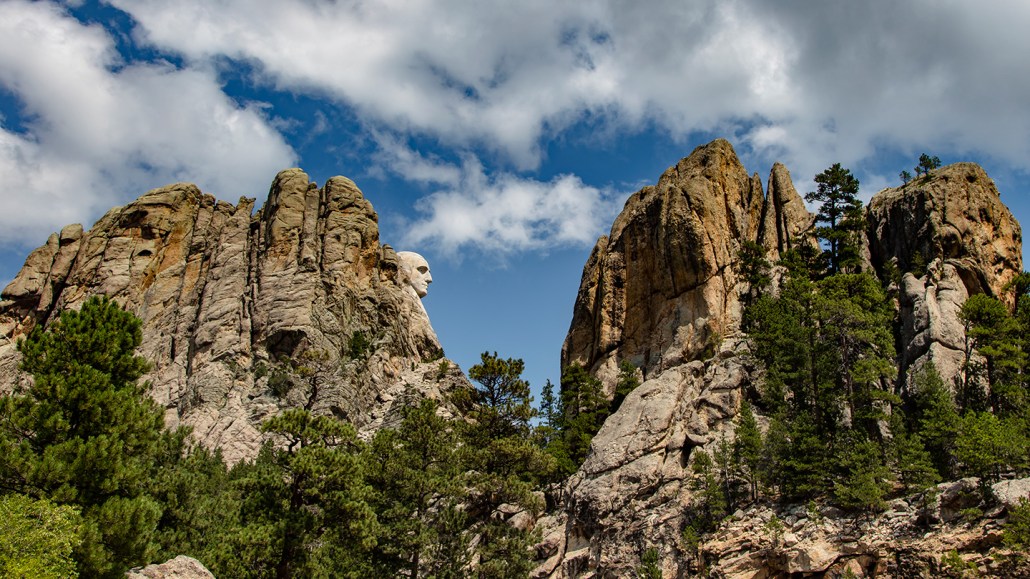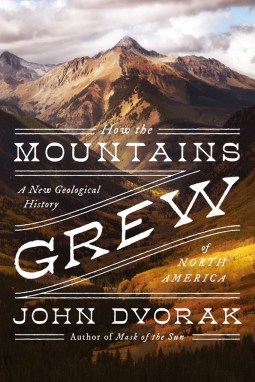A new book reveals stories of ancient life written in North America’s rocks
‘How the Mountains Grew’ steps through time, space, life and land on a geologic journey

The Black Hills of South Dakota, home to Mount Rushmore, serves as one of several places to which John Dvorak repeatedly returns in his field trip through North America.
Photo by Mike Kline (notkalvin)/Moment/Getty Images







